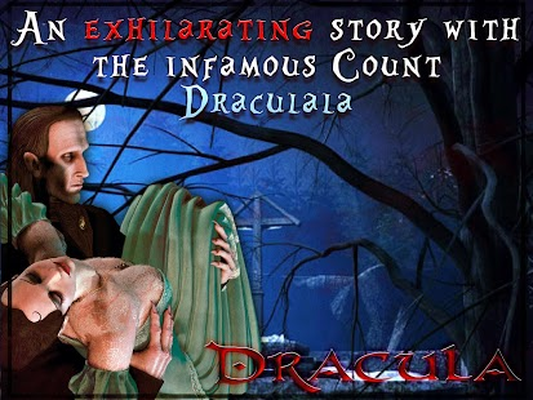

This article, the last in a series of six exploring the Cantigas, describes these surprising songs of sentient statues, placing them in the context of medieval beliefs about holy effigies and the long history of mythical moving images, including the goddess Venus, the adventures of Jason and the Argonauts, Pinocchio, and some current controversies.

In the Cantigas de Santa Maria, a collection of 420 songs in praise of the Virgin Mary by King Alfonso X and his court, 1257–83, there is a large group of songs featuring statues of Mary which talk, move, give protection, heal, and enact terrible acts of violence. Talos (bronze giant in the Greek tale, Jason and the Argonauts)Īnd Venus (2 nd century CE Roman copy of a Greek original). Three statues which live and move in their stories: Read more Surprising songs of sentient statues: the Virgin, Venus, and Jason and the Argonauts (Cantigas de Santa Maria article 6/6) The second article gives practical methods for making arrangements of medieval monophonic music according to historical principles, with an example to illustrate each method and the third article discusses questions of style, including the performance of the non-mensural (non-rhythmic) music of the troubadours, ornamentation, and the medieval voice. T he illustrations in t wo manuscripts are used as typical representative examples: the 13 th century Iberian Cantigas de Santa Maria and the 14 th century English Queen Mary Psalter. This first article discusses the use of instruments and instrument combinations in medieval music. The most fundamental question of all in playing early music today is: how can the music be played to reflect historical practice? This is the first of three articles looking at historically-informed ways of performing medieval music, aiming to be a practical guide, with plenty of musical examples and illustrations, and a bibliography for those who wish to delve further.

Double recorder (then called a pipe or flute), gittern and three singers in Saint Martin is knighted by Simone Martini, 1312-18.


 0 kommentar(er)
0 kommentar(er)
